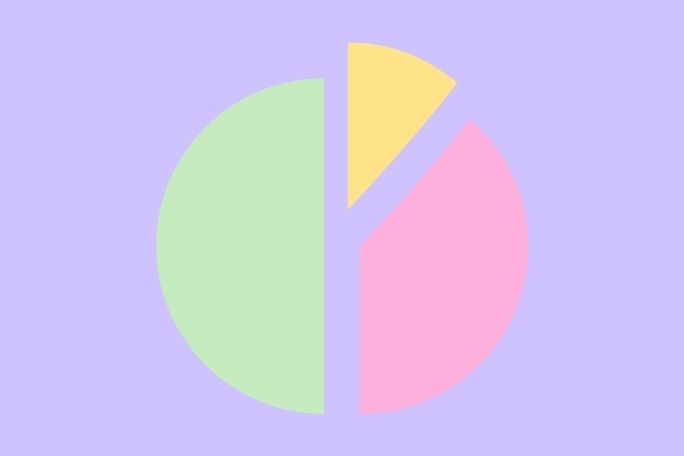Lesson summary
Students learn about sustainability by looking at social equality and the imbalance of resources. They learn that rate and ratio problems can be solved using fractions or percentages and choose the most efficient form to solve a particular problem.
Learning intentions:
Students will...
- learn and revise the use of ratios in everyday life
- use ratios, percentages and fractions to make calculations
- learn about social equality and the imbalance of a minority chewing through more than one planet’s worth of resources.
Lesson guides and printables
Lesson details
Curriculum mapping
Australian Curriculum content descriptions:
Year 7 Mathematics:
- Recognise and solve problems involving simple ratios (ACMNA173)
Year 8 Mathematics:
- Solve a range of problems involving rates and ratios, with and without digital technologies (ACMNA188)
Level of teacher scaffolding: Medium
Resources required
- Student Worksheet
- Internet to view ‘miniature village’ clip.
Additional info
This is an original Cool.org lesson. Facts and figures in these lessons may have changed since this lesson was published. We always endeavour to update our resources in a timely manner, but if you see an error or issue in our resources please get in touch with us.


Welcome back!
Don't have an account yet?
Log in with:
By signing up to Cool.org you consent and agree to Cool's privacy policy to
store, manage and process your personal information. To read more, please see
our privacy policy here(Opens in new tab).
Create your free Cool.org account.
Many of our resources are free, with an option to upgrade to Cool+ for premium content.
Already have an account?
Sign up with:
By signing up to Cool.org you consent and agree to Cool's privacy policy to
store, manage and process your personal information. To read more, please see
our privacy policy here(Opens in new tab).